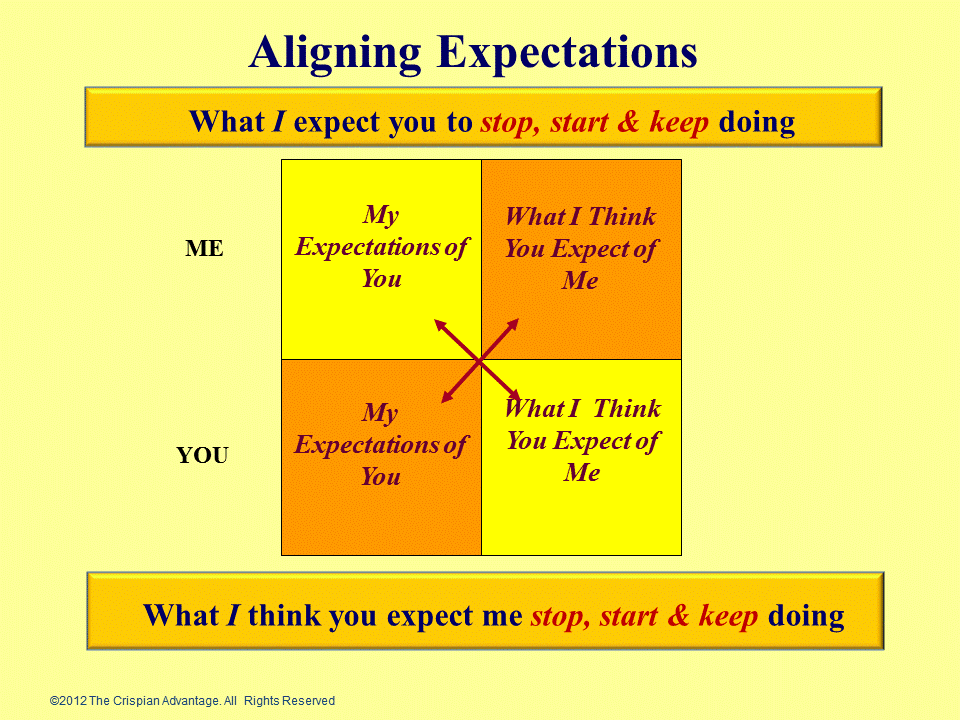Unprecedented. Historic. A defining moment. Do you have that sinking feeling ‘that ship has sailed’ when you consider planning and managing change today?
For most of us, radical change in our lives and businesses happened so quickly, we didn’t have time to plan. If you are a leader, you probably spent the last few weeks helping establish home offices, integrating new communications systems and wondering how to keep your culture intact. Now what?
We know it will never be the same; this new normal could last a while with all its uncertainty. Even so, you CAN plan for change. Right now may even be the absolute best time. Where are you now?
Are you wondering:
- How do we get on the same page when we can’t be in the same room?
- How do we replicate or replace spontaneous communication?
- Does everyone know what is expected of them?
- What are employees expecting of myself and the management team?
Are you saying:

You might as well talk to yourself!
- Why don’t they get it?
- How many times do I have to tell them that?
- Why are they so slow and the quality so low?
- Why do they need direction for everything?
Are you doing things like:
- Inviting too many people to a meeting so no one feels left out
- Not getting through the meeting agenda
- Hearing gossip that has nothing to do with actual circumstances
These thoughts and actions are familiar signs of misalignment between management, teams and employees. Often, the root cause can be attributed to a lack of communication and shared expectations. For example:
- Seeing an employee who can’t seem to follow directions
- Welling anger when important decisions fall apart (because there really wasn’t any buy-in)
- Dealing with an employee overreaction to criticism
Are these symptoms a result of your lack of proactive communication in leading the change process? Which of the following leaders do you recognize?
ALIGNING EXPECTATIONS
Leader One defaults to telling what he wants changed. When he asks for feedback, he’ll get what his people think he wants to hear. He won’t know what people are really thinking and buy-in will be minimal.
Leader Two shares concerns and ideas, then opens the conversation to comments. He’ll get a lot of disconnected input and the group will come away without direction. There won’t be anything to buy into.
Leader Three begins by preparing her company for change following four steps detailed in ‘You better start swimmin’ or you’ll sink like a stone’.
(1) Genuine involvement – agree to what we stand for
(2) Get people ready for change – transparent and regular communication
(3) Develop change agents – engage specific stakeholders to lead the charge
(4) Involve all stakeholders early – assign ownership to different processes
In parallel, Leader Three initiates two-way communications where individuals, teams and leadership share and discuss expectations. A timely example is working from home, where the office is present 24/7 and so are the distractions! The dialogue might sound like this:
Employee – I think you expect me to be at my desk from 8-noon and 1-5 every day.
Manager – I expect you to be available during prime business hours, 9-4, to attend meetings as scheduled, and be responsible to your commitments. That said, I understand we all need flexibility. Communication is key. Let us know when you will be ‘out of pocket.’
Manager – You are good to go with your projects and deadlines?
Employee – Actually, I need more information and I expect it to come from you or my manager. Projects are constantly changing, and my current workload was seriously impacted when our project was postponed.
This is the beginning of a deeper process of aligning expectations. Each person shares
(a) what they think the other is expecting of them; and
(b) what they expect of the other person.
To close the gaps, each expectation is discussed, and a decision made how to go forward.
Employee – Ok. I work from 9 to 6 with a break. I will let you and my team know when my schedule needs to flex.
Manager – Ok. Let’s talk with your project manager today, and also plan steps for timely direction going forward.
STOP, START, CONTINUE
Changes can be defined in terms of:
- Identifying what you expect people to STOP doing
- Specify what you expect people to START doing
- Confirm what you want people to CONTINUE
Employee – knowing what is expected from her manager and after discussion, she will CONTINUE to work the same hours and START communicating regarding her availability.
Manager – understanding that her employee has asked for greater direction, she will STOP assuming employees have all the information they need. She will work with the employee and project manager to START new communications practices regarding project work and deadlines.

Depending where you are in the leadership chain, you will need to spend more of your time communicating expectations than ever before. The higher up, the more time needed.
On a Final Note
Some of the most valuable people during a change are your skeptics, like your most experienced technician, longest serving salesperson or quality control manager. These people will be skeptical which means they are going to question you. And you need that to get changes to work. Your skeptics can be your best ally if you show that you have listened and shown respect for their experience, not necessarily agree with them. If you can bring those people around, others will take a lot of notice.
- 60% of major change initiatives in North American businesses fail.
- 70%+ of leader’s expectations regarding a major change are not understood by their people.
